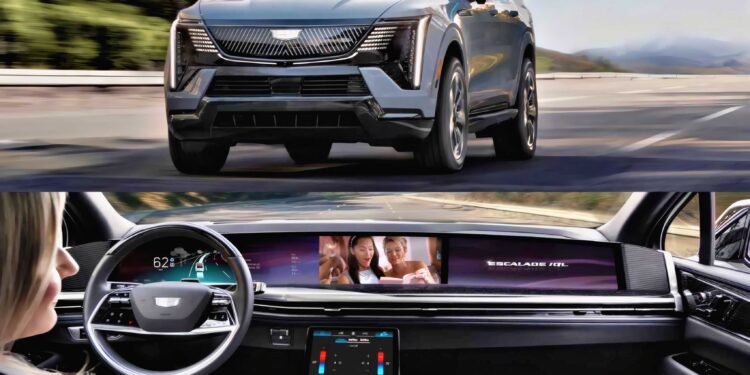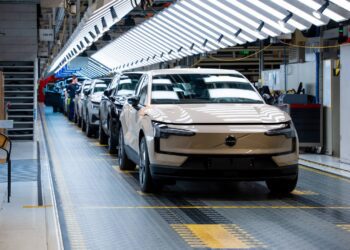General Motors is taking a decisive step toward what it calls the next phase of intelligent mobility. At its “GM Forward” event in New York, CEO Mary Barra outlined how that shift is unfolding across autonomy, software, and energy systems.
The most attention-grabbing announcement was “eyes-off” driving, coming in 2028 with the Cadillac Escalade IQ. This marks GM’s move towards what the industry considers Level 3+ autonomy, where the vehicle can handle all aspects of driving in certain conditions without constant human oversight. Unlike Tesla’s camera-only approach for its self-driving system, GM’s system appears to feature a combination of high-definition LiDAR, radar, cameras, and sensors layered with real-time mapping data.
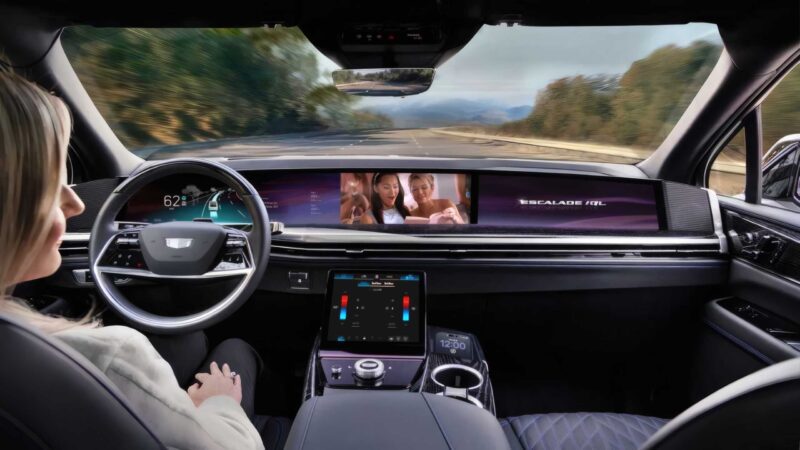
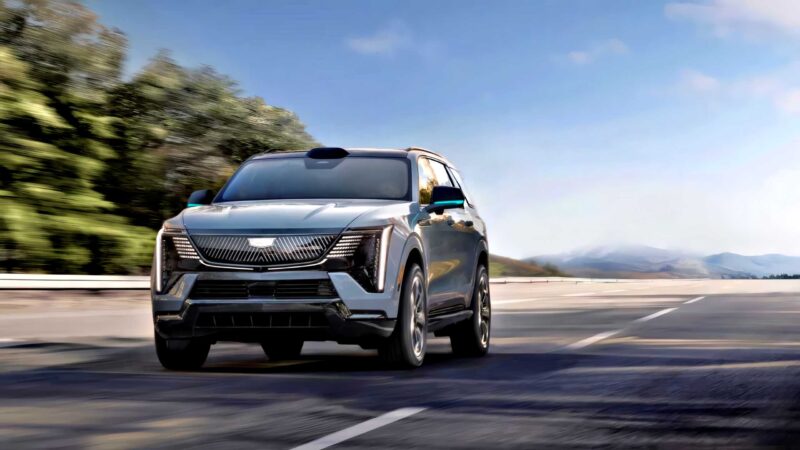
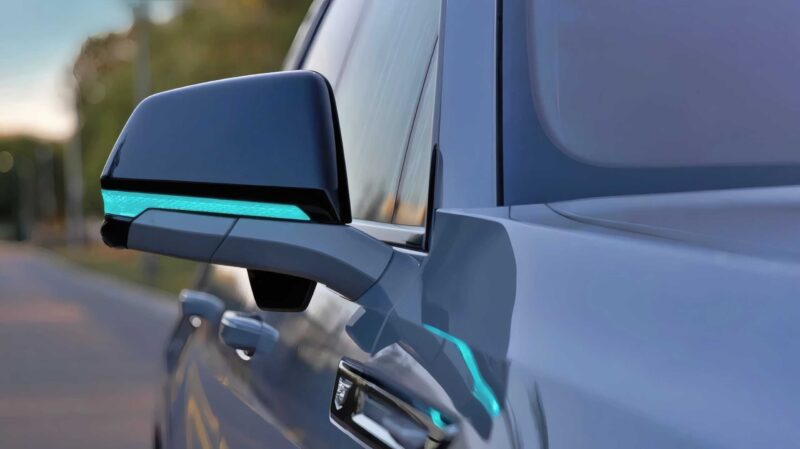
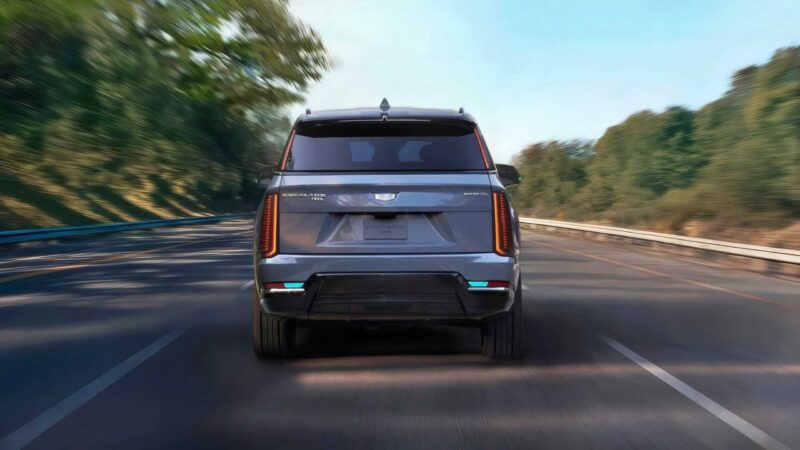
GM already has 600,000 miles of mapped roads in North America, and its Super Cruise system has logged 700 million hands-free miles with no crash attributed to the tech. Backed by five million fully driverless miles from Cruise, GM’s autonomous subsidiary, the company says it’s building one of the safest, most validated systems on the road.
That safety-first philosophy contrasts sharply with Silicon Valley’s “move fast” mindset. GM’s method is slower but data-driven, blending a decade of on-road experience with continuous validation. The upcoming Escalade IQ will serve as the proving ground for this next-generation autonomy.
As for artificial intelligence tech, starting in 2026, GM will also roll out conversational AI across its lineup using Google’s Gemini model. You’ll be able to talk to your car, naturally ask about maintenance alerts, route changes, or even nearby restaurants. Later, GM plans to replace Gemini with its own in-house AI connected via the company’s OnStar service, all trained on your vehicle’s behavior and preferences through OnStar’s cloud infrastructure.
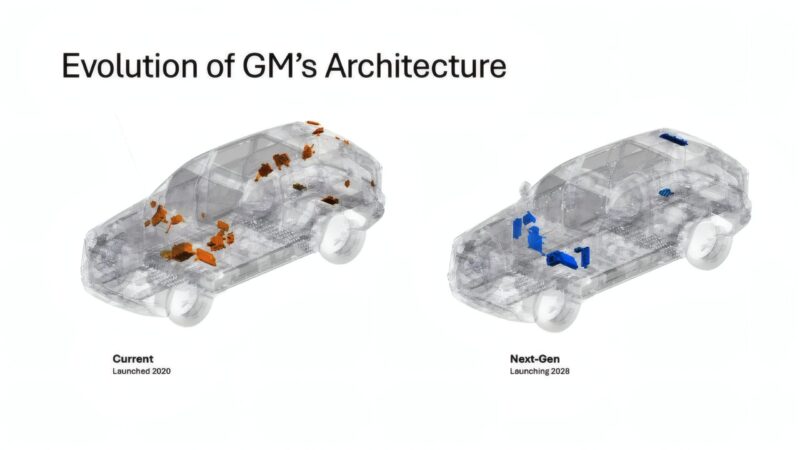
Underpinning all this will be a centralized computing platform, debuting in 2028. Instead of dozens of separate control modules, one high-speed core will handle propulsion, steering, infotainment, and safety. GM says it’ll offer 10 times more over-the-air update capacity, 1,000 times the bandwidth, and up to 35 times more AI performance than today’s systems.
As for manufacturing, GM’s Autonomous Robotics Center in Michigan and its lab in California are developing “cobots” collaborative robots that adapt to human workers using real-time telemetry and quality data.
With these announcements, General Motors is no longer positioning itself as a traditional automaker. It’s transforming into a full-fledged technology company, merging hardware, AI, and data into a unified mobility ecosystem, turning one of America’s oldest carmakers into a next-generation technology company.
Images: General Motors


